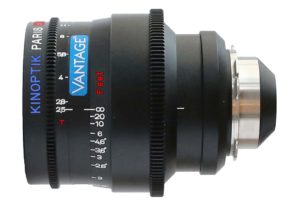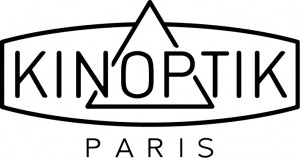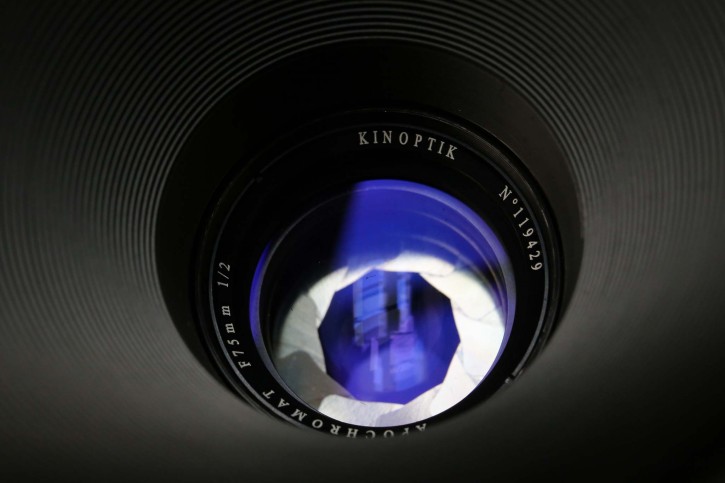On a recent roadtrip to Weiden, Germany, we posted a breathless article about “Kastell” and its brilliant chef Thomas Kellermann. You could almost hear the cinema community’s collective, impatient hyperventilation. The caller ID on the phone spelled “URGENT” a few days later. It was a prominent pundit of the Film and Digital Times Editorial Board.
“Surely you didn’t drive halfway across Germany just to write about saddle of venison,” he said. “We all know that you visited Vantage Film, so where’s the beef?”
Yes, I was really in Weiden to meet with Peter Martin, Wolfgang Baumler, Alexander Schwarz and Jim Bouchie to learn more about their new lenses.
Let’s begin with the amuse bouche.
Vantage Re-introduces Kinoptics
Vantage Film opened a rental office in Saint-Denis, Paris 4 years ago. Now they are re-introducing venerable sets of French glass: 35mm cine format Kinoptik cine lenses, meticulously rehoused and rebarreled. These are lenses with a distinct character, unique bokeh, and a kind of swirly, impressionist feel to out-of-focus backgrounds. To paraphrase the optical scientist Dr. Hubert Nasse, “Vintage cine lenses look even better in the digital era than they ever did on film.”
Kinoptik was founded in 1932 by Georges Grosset and Georges Perthuis. In 1944, they began producing lenses and viewfinders for 35 mm cine cameras. In addition to the popular primes, their Tegea 9.8 T2.3 (35mm format) and 5.7 T2 (16mm format) were widely used, albeit giving new meaning to the word “vignetting” before the term “shading” was popularized.
Manufacturing of Kinoptik cine lenses began in Paris in the 1950s. Optical designs for the APO 100 and 150 mm began in 1947, followed by the 28 and 50 in 1949, and the 25 and 75 in 1955.
Kinoptik was sold in 1981 by the son of the founder, and a series of different endeavors ensued: endoscopy, astronomy, industrial vision and hostile environment optics (nuclear).
Alexander Bscheidl, Manager of Vantage Film Paris, called Kinoptik one day recently on the off chance they had some sets of cine lenses left. They did, and Alexander managed to purchase the last remaining new sets in their original jewel-like boxes: 18, 25, 35, 40, 50, 75, 100, and 150 mm.
The rehoused Kinoptik lenses have PL mounts, front diameters of 95 mm, and a modern mechanical design.












Why they didn’t think of making new sets of these lenses as well as the 9.8 Tegea…?